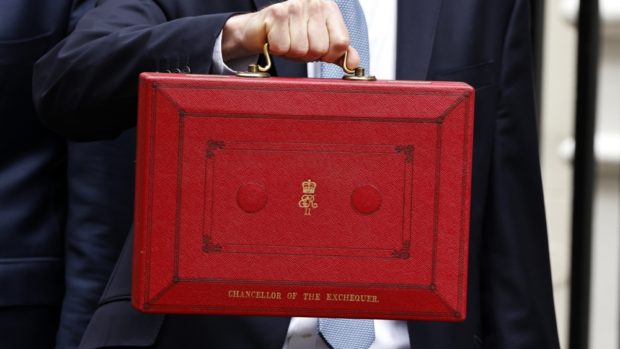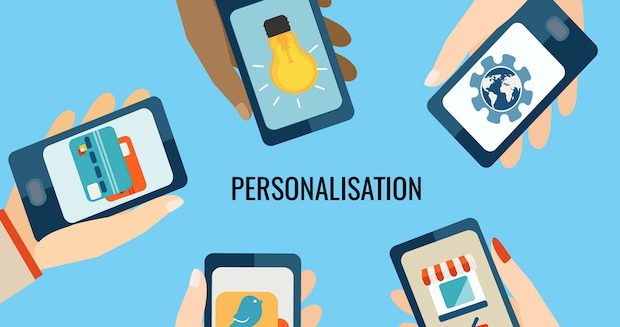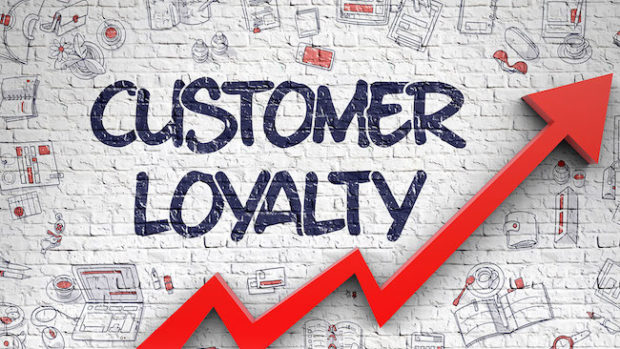Direct marketing companies will have to display their telephone numbers under plans Government has set out in the bid to tackle the scourge of nuisance calls. Unsolicited direct marketing calls can cause significant stress and anxiety, particularly to those people who rely on the telephone as their main means of keeping in touch with friends and loved ones. At best these calls are a source of irritation and at worst they can lead to people falling foul of scammers.
Research shows that around one in five live and automated direct marketing calls that were reported to the Information Commissioner’s Office (ICO) as a nuisance call did not provide valid caller ID.
The proposal to make it a requirement for direct marketing callers to provide valid Calling Line Identification (CLI) will deal with this problem head-on. It will help:
improve consumer choice, by making it easier for people to refuse and report unwanted marketing calls; and
make it easier for the ICO to investigate and take enforcement action against callers that persistently and deliberately break the rules.
Companies found breaching the law by making nuisance calls can be fined up to £1/2 million depending on the type of calls and severity of the case.
Baroness Neville-Rolfe, Minister for data protection, said:
“Being pestered by marketing calls is annoying at the best of times and at its worst, it can bring real misery for the people on the receiving end. There is no simple solution to the problem of nuisance calls, but making direct marketing companies display their telephone number will help consumers and regulators take action.
“Companies are already being financially punished when they blatantly flout the rules, and mandatory caller ID is just another step we are taking as part of a closely coordinated effort with regulators, industry and consumer groups to tackle the problem.”
Over the past few years, there has been a substantial rise in the number of concerns reported to the ICO about nuisance marketing calls and texts, with an increase of over 11 per cent in 2014/15 alone. Latest figures from consumer group Which? show:
three quarters (74 per cent) of people with a landline still receive unwanted calls in a month; and
calls to mobile phones have also been on the rise with seven in 10 (72 per cent) saying they had at least one nuisance call to their mobile in the space of a month, compared to more than half (55 per cent) in 2013.
This latest move is part of recent action from the Government to tackle the issue. Government has already made it easier for the ICO to:
punish the companies making nuisance calls by removing the legal threshold for taking action; and
more effectively share information with the Ofcom in relation to nuisance calls.
Since January 2012, the ICO has issued fines totalling nearly £2m for serious cases of nuisance calls. In September 2015, Home Energy & Lifestyle Management Ltd (HELM) was fined £200,000 for making over six million nuisance calls as part of a massive automated call marketing campaign.
The six-week consultation closes on 23 February 2016 and following this, the Government plans to bring the measure into force in spring 2016.








Share